-
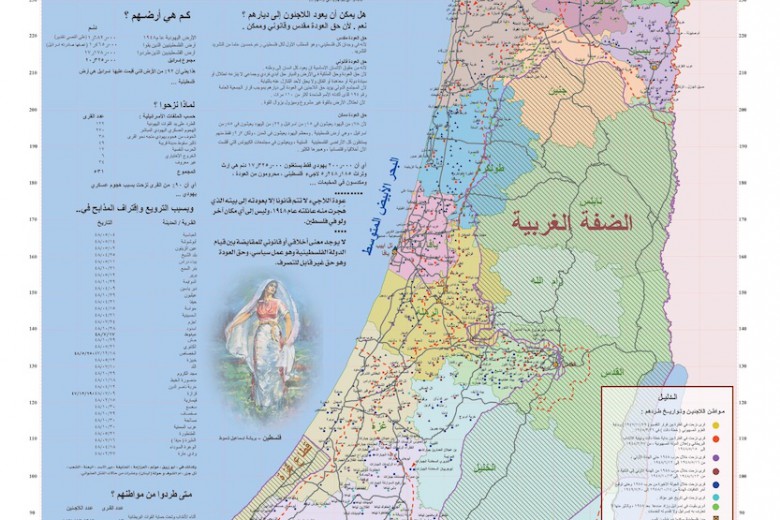
by Sarrah Ghadeer Malek Jul 2, 2024 2 min read
-
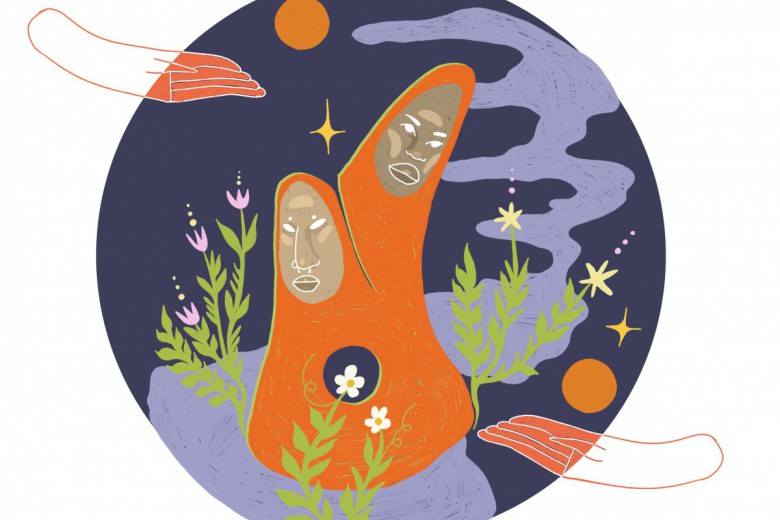
by Ciann L. Wilson and Ann Marie Beals Feb 5, 2024 8 min read
-
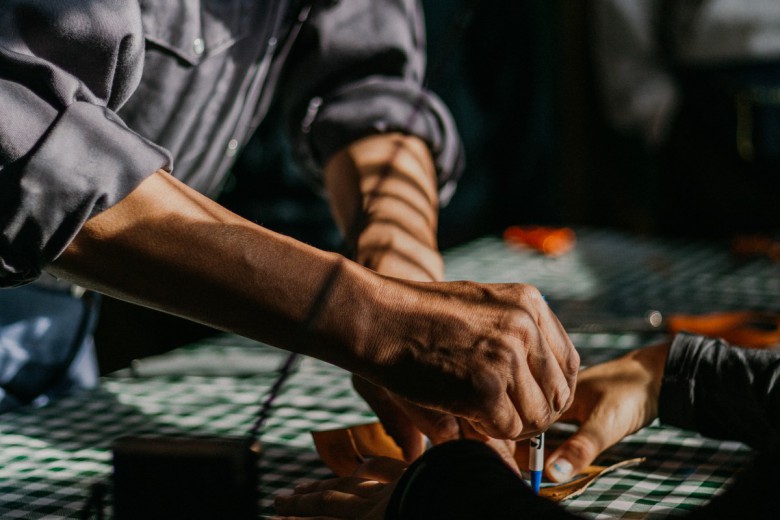
by Rachel Cluderay May 8, 2023 9 min read
-
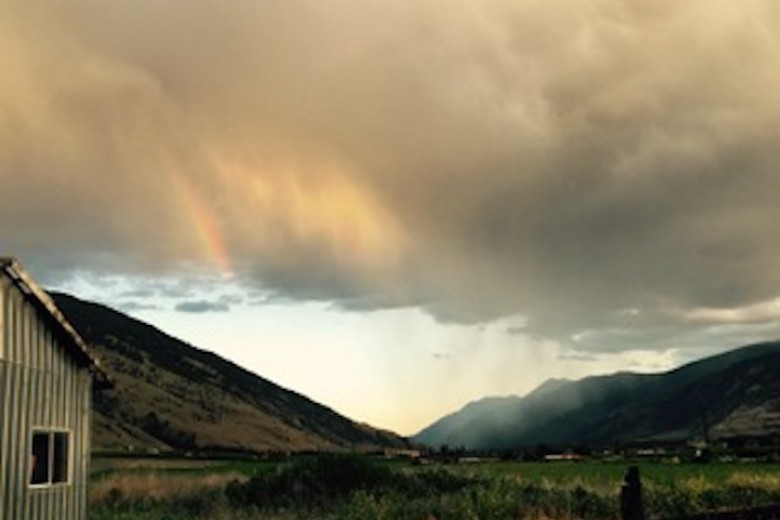
by Carrie Terbasket Mar 7, 2023 2 min read
-
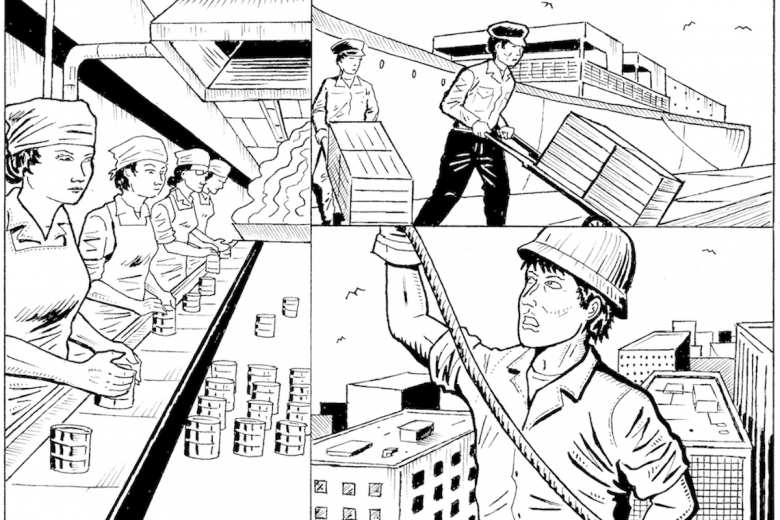
by Mike Gouldhawke Nov 1, 2022 7 min read
-
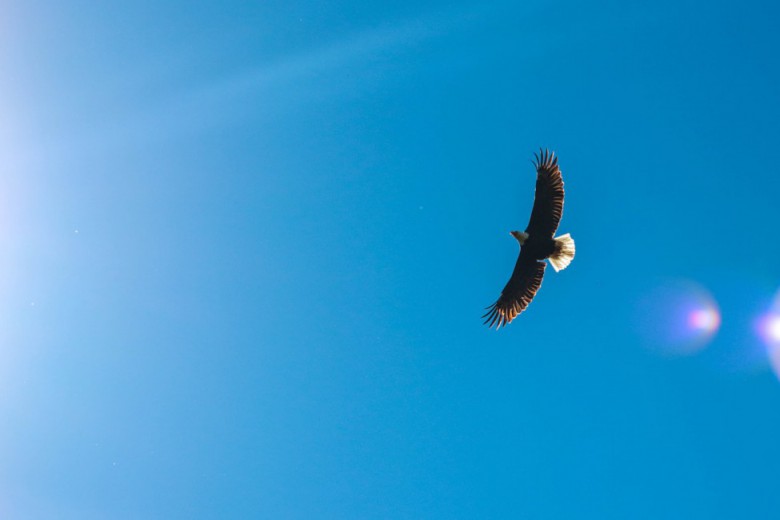
by Barney McLeod Mar 2, 2022 6 min read
-

by Molly Murphy and Research for the Front Lines Nov 3, 2021 11 min read
-
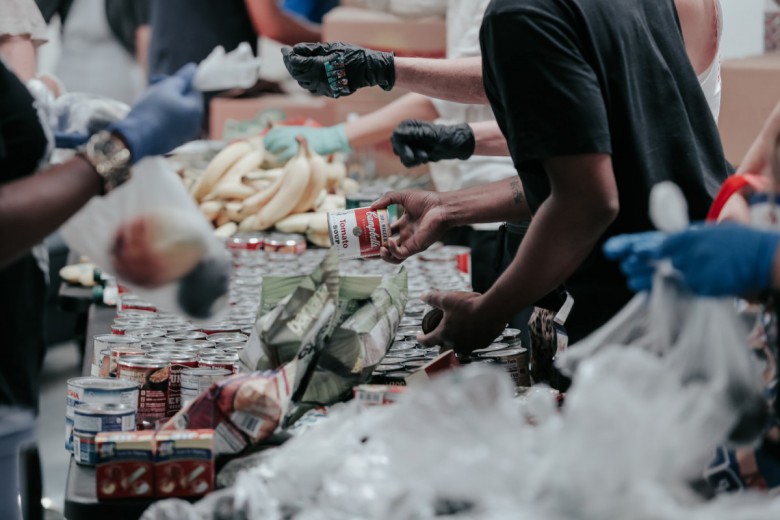
by Lana Ray, Tabitha Robin, Kristin Burnett, and Barbara Parker Oct 29, 2021 7 min read
-
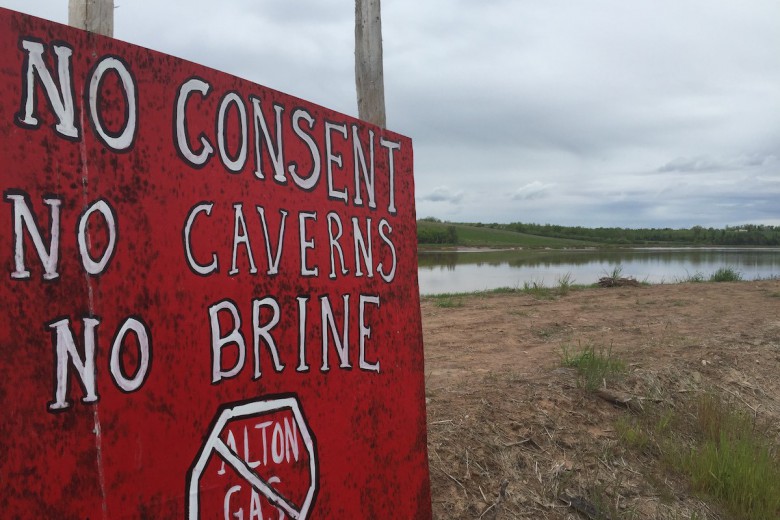
by Alex Birrell Sep 17, 2021 12 min read
-
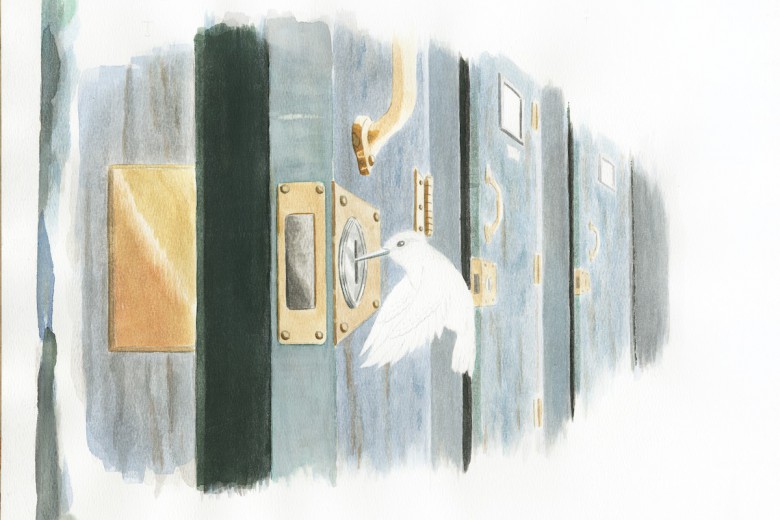
by Levi Waldbillig Sep 2, 2021 2 min read
-
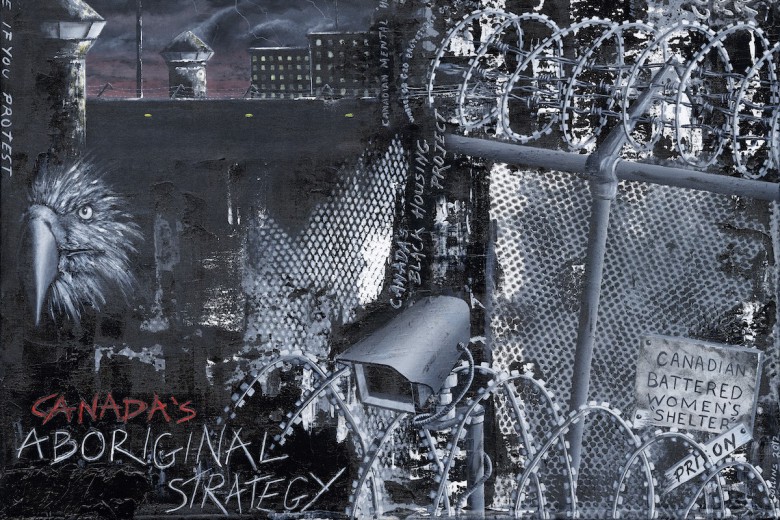
by Andy Peekeekoot Sep 2, 2021 8 min read
-

by Regan de Loggans Jul 5, 2021 8 min read
-
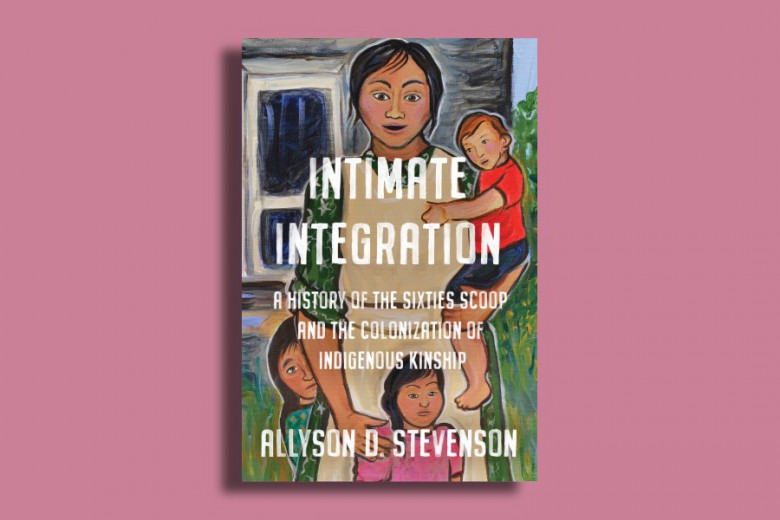
by Mike Gouldhawke May 3, 2021 8 min read
-
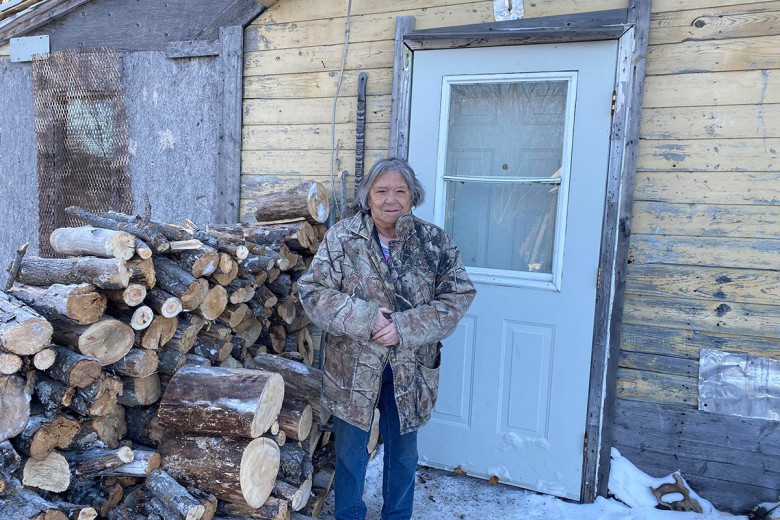
by Alex Wilson, Owen Toews, and Kevin Settee Mar 1, 2021 12 min read
-
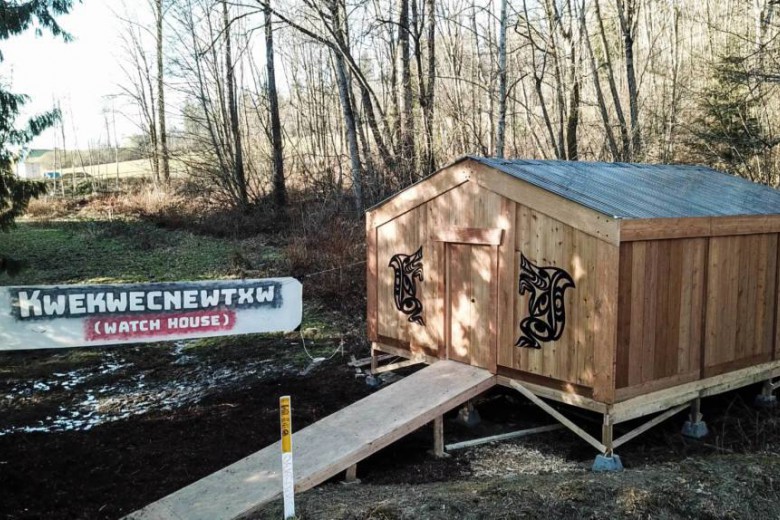
by Kris Hermes Jan 19, 2021 12 min read
-
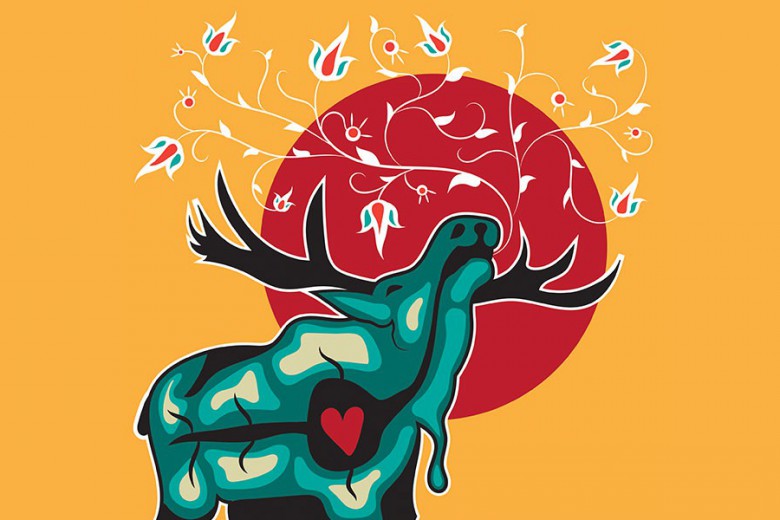
by Laurence Desmarais Dec 28, 2020 9 min read
-
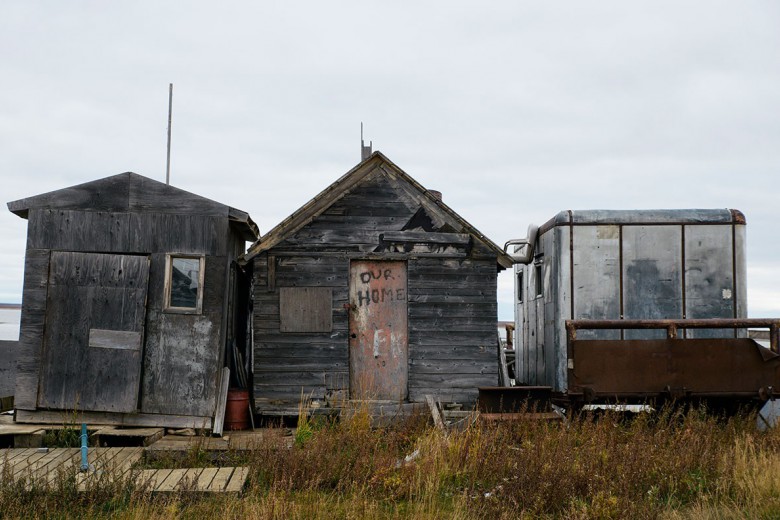
by Catherine Lafferty Dec 28, 2020 17 min read
-
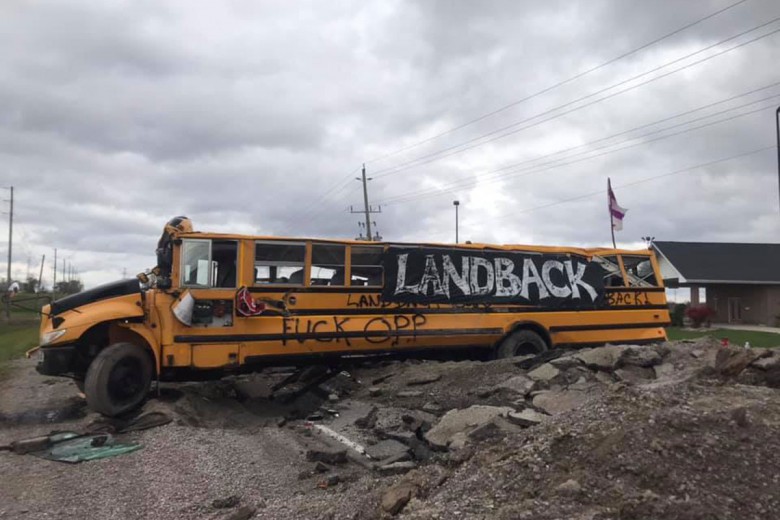
by Xicotencatl Maher Lopez Nov 26, 2020 7 min read
-
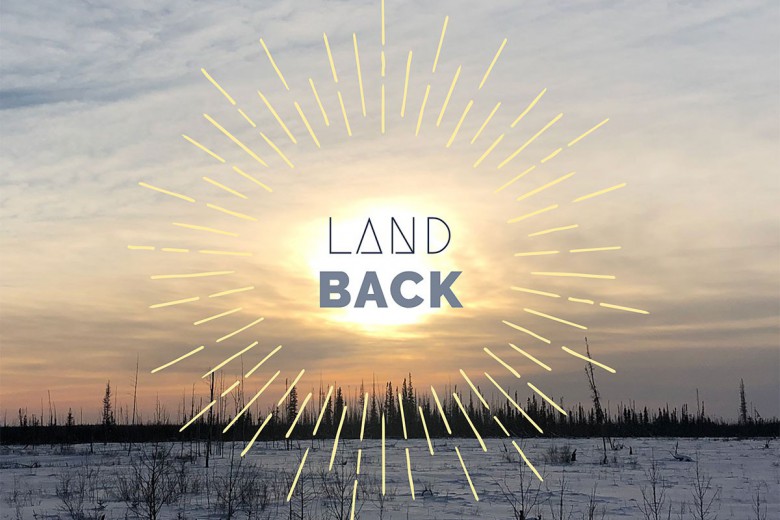
by Chloe Dragon Smith and Robert Grandjambe Sep 10, 2020 14 min read
-
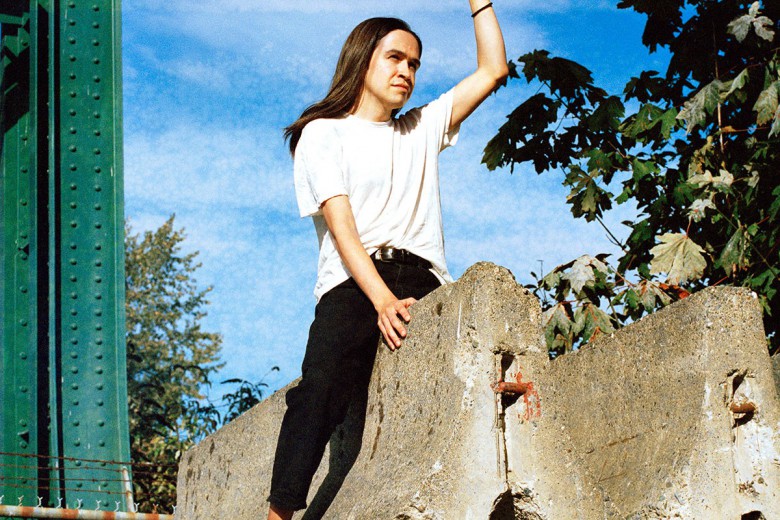
by Jas M. Morgan Sep 10, 2020 9 min read






















